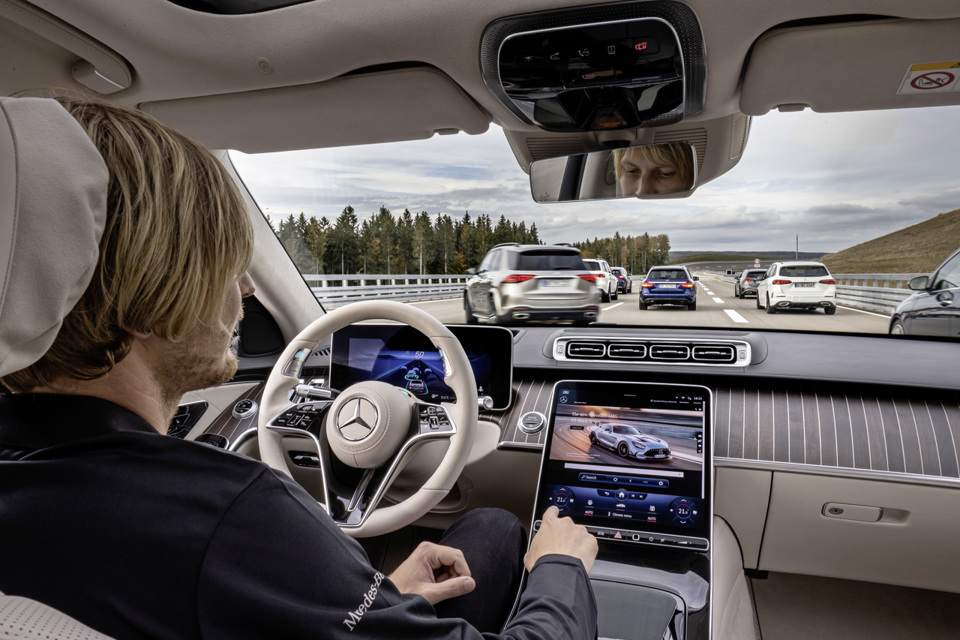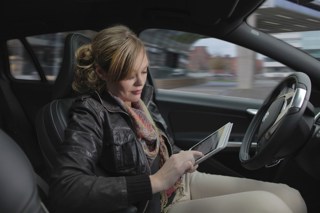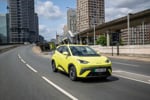Fleet operators need to consider the risks associated with self-driving car technology as new models equipped with the technology could appear on choice lists in the next few years.
Some fleets already operate vehicles with level 2 autonomy, such as lane changing and self-parking systems, but level 3, which allows fully automatic driving on some roads such as motorways as long as the driver was ready to take control if needed, is not far away from production models.
Paul Hollick, AFP chair, said: “Our view is very much that fleets need to be thinking about how they view these levels of assistance. Essentially, they rely on the driver intervening if the technology fails but it is all too easy to envisage situations where this handover does not happen. There needs to be serious examination of the risk management and Duty of Care implications.
“Especially, because these driving modes may be soon available on cars that are entering production, there is a chance they may arrive on your fleet almost by stealth. You need to know if vehicles with these levels of autonomy are being used on your fleet and ensure that drivers are familiar with the technology and how it works. There are very clear risks.”
The promise of entirely self-driving cars is unlikely to materialise in the near future, but other potentially useful – and even transformational – ideas are coming to fruition, such as the ability for fleets to access services that use remote driving.
Hollick added: “Our Future Mobility Committee recently saw a presentation from Fetch, which plans to use remote driving to deliver car club-style services, with trials underway in Milton Keynes. It’s early days for this kind of tech but the potential is considerable.
“Certainly, remote driving appears to solve many of the problems inherent in higher levels of autonomy while delivering some of the most important advantages. There are a very wide range of potential fleet applications. For example, if hire cars can be delivered to the point of need at short notice without the need for a delivery driver to be present, that would be a massive advantage and open up pay-on-use car services to a much wider audience.”






















Login to comment
Comments
No comments have been made yet.